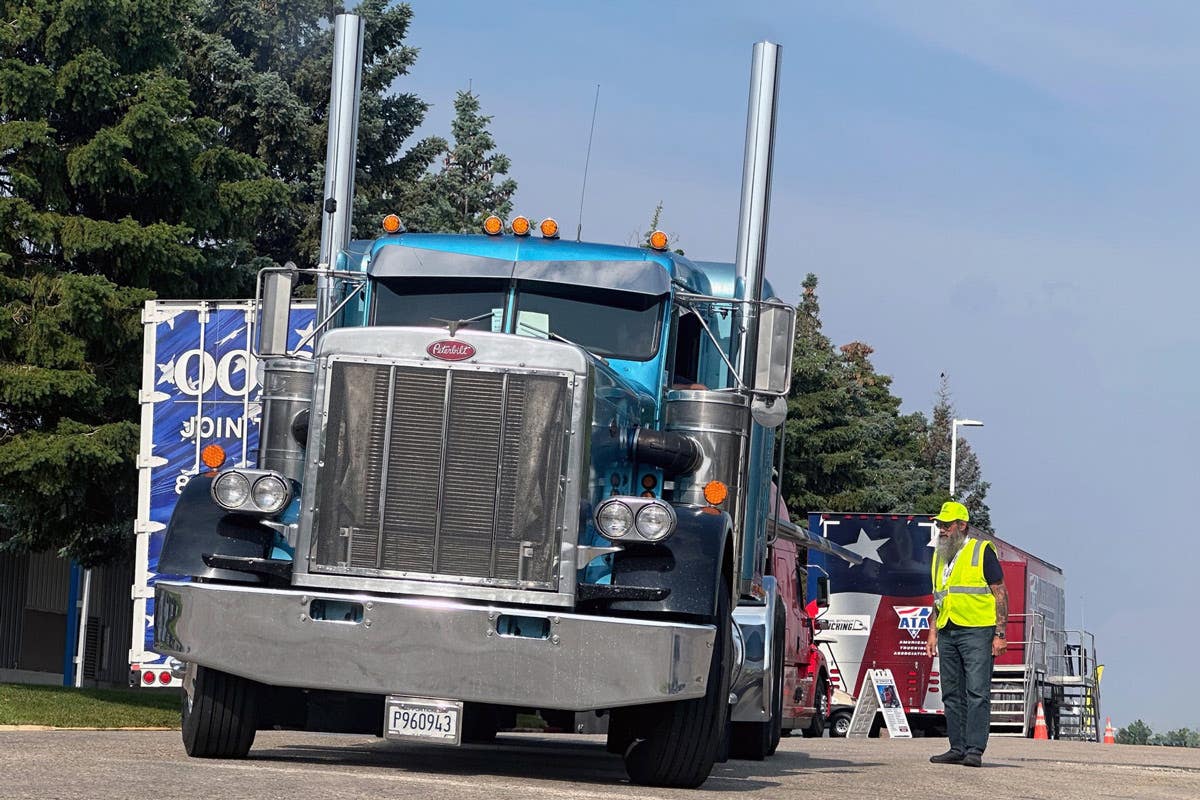Q&A with Kit Foster: March 26, 2009
Another word on finding the earliest rear window defrosters (was it on the ’52 Rolls-Royce?); discovering the assembly location for a ’49 Cosmopolitan; an unidentified radiator shell; and a reader hunts for a horn ring for a ’57 Ford Fairlane.
Q. Concerning the ongoing comments about rear window defrosting grids, in 1988, I bought a 1952 Rolls-Royce Silver Dawn saloon. The first time I washed the car, I noticed hundreds of wires embedded between two layers of glass in the rear window. The wires were so tiny as to be almost invisible, and spaced about one-sixteenth of an inch apart.
Searching further, I found a small switch on the dashboard marked “R. Window.” When switched on, the rear window did indeed warm up. In subsequent research on my car, chassis number SFC-94, I discovered not only was this the first year Rolls-Royce had installed such a window, this car was the first Rolls-Royce so equipped. In doing more research, I found that Bentley introduced the same rear window on the Mark VI chassis number B311-NY. I suspect these two vehicles were the first to be equipped with a heated wire grid rear window defogger. Both cars were built in the same factory. An examination of the original chassis cards might reveal which car was finished first. Bill McCoskey, Taneytown, Md.
A. Barring someone with an earlier example, this will have to be the last word on the first use of electric grid rear defrosters. Steve Davis, of Des Moines, Iowa, notes that his 1960 Silver Cloud II has this type demister, but clearly it was already old hat at Rolls by that time. Darwin Falk, technical advisor to the Riviera Owners Association, says that David Kycia’s comment (Jan. 22 “Q&A”) that the ’69 Pontiac Grand Prix had an exclusive on this type defroster is incorrect, and that 5,951 Buick Rivieras had it that year, too. In fact, a test run of 100 such Rivs was made in 1968, all of them sent out to customers. Only one is known to survive. Finally, Craig Wood of Lenexa, Kan., says that the reason the electric clock was mandatory when ordering the defogger on 1969-’70 Fords was that its “ON” indicator was located in the upper left corner of the clock face, as a reminder to the driver.
According to Craig, contrary to the Jan. 15 “Q&A”, there was no timing circuit to turn it off.
Q. I have a 1949 Lincoln Cosmopolitan two-door coupe. Where was it built? I found newspaper in the under-dash air vents, dated Dec. 1959, from Oregon. I live in Ohio. The car is serial number 9EH038450, Style 3H-72, Body No. 4603, Paint X-03, Trim 41. Grover Hensley, Massilon, Ohio
A. Well, the “9EH” corresponds to a ’49 Lincoln Cosmopolitan, and “72” is the code for the two-door Club Coupe, both of which you already knew. The serial part of your VIN, 038450, was issued more or less in sequence in the 20-month model year (May 1948 to Dec. 1949), during which 73,563 Lincolns were built. That means your car was built about half way through the year, or Feb. 1949. If the body numbers were similarly sequential for Club Coupes, of which 7,685 were built, yours falls in the same range: 10-11 months into the model year. As I’ve noted before, cars are not necessarily built in the exact sequence of either their VINs or body numbers. Paul Woudenberg, in Lincoln & Continental, the Postwar Years (Motorbooks, 1980) notes that production took place at Los Angeles, Mahwah, N.J., and St. Louis, in addition to Detroit. If assembly location is coded into your data plate, I don’t know how to read it. Other Lincoln collectors can probably decode your paint and trim information.
Q. I have an unidentified radiator shell that I believe to be 1928-’30. It’s chrome plated and was painted with red primer over the shell. In the center, a large letter “G” is surrounded by two winged animals. In the upper middle appears to be an eagle, below it three fish and below them a person kneeling in prayer. If any of your readers can identify it I’d appreciate it. Gene M. Sanson, Wayne, N.J.
A. It’s a mystery to me, too. The list of American automobiles and trucks beginning with “G” has led me nowhere. Could it be European? Readers?
Q. Where can I buy a horn ring for a 1957 Ford Fairlane 500 four-door hardtop? I’ve looked everywhere with no luck. Rechroming is an option, but few places accept small items such as this without charging a fortune. Robert Greenwood, Travelers Rest, S.C.
A. There used to be vendors from the dry western states who sold chrome items at big meets such as Hershey. Readers, any other ideas?
CLICK HERE to tell us what you think in the Old Cars Weekly forums







